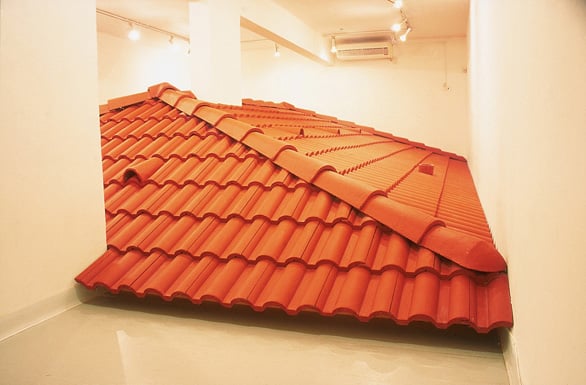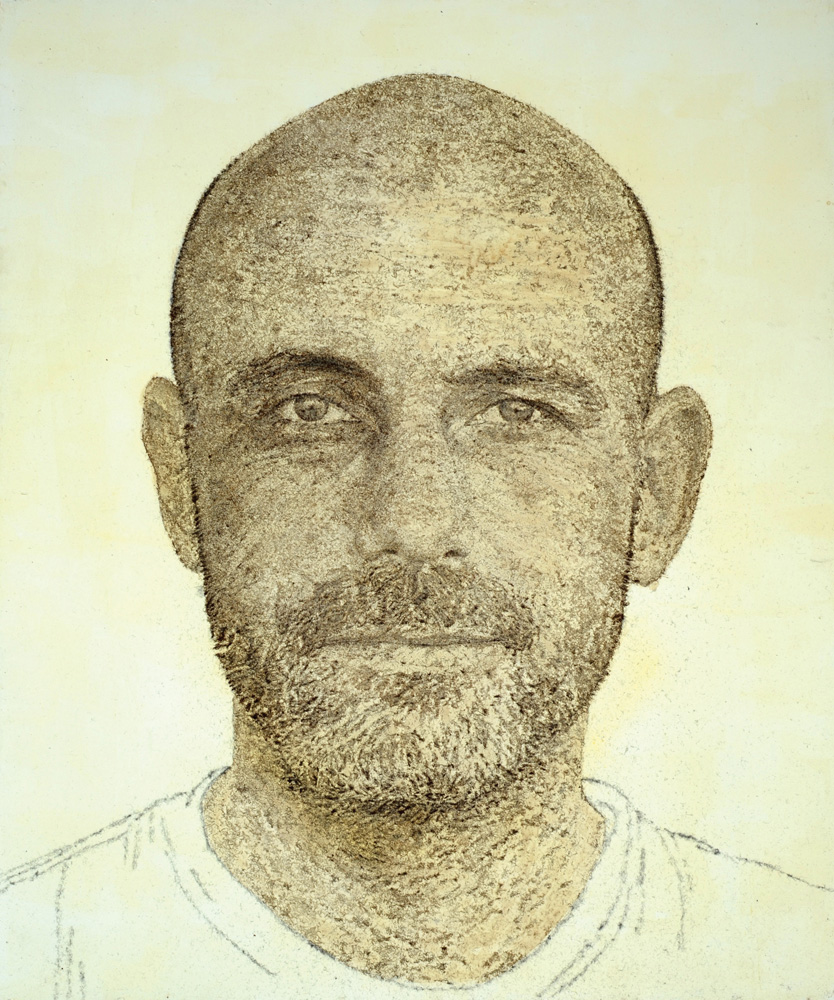Art World
Artist Gal Weistein to Represent Israel at 2017 Venice Biennale
He’s known for works that address Israeli politics critically.

He’s known for works that address Israeli politics critically.

Hili Perlson


Gal Weinstein, Self Portrait (Steel Wool), (2011). Courtesy of the artist.
Artist Gal Weistein has been selected to represent Israel at the 57th Venice Biennale for Art, which will take place in 2017. The (controversial) minister of culture Miri Regev notified the 47-year-old artist of the appointment, the daily paper Haaretz reports.
A graduate of the Bezalel Academy of Art and Design in Jerusalem, Weinstein also holds a degree in theater set design from the University of Tel Aviv. He gained local and international acclaim from early on in his career, but has been less visible on the local scene in recent years.
In an interview with Haaretz upon receiving the news, Weistein said that his proposal for the Israeli pavilion in Venice will include new site-specific artworks that represent “the evolution” of his recent body of work.
The artist examines the relations between natural and organic phenomena and cultivated, domestic occurrences. Throughout the three galleries in the pavilion, he “will engage with the interactions between iconographies and their physical concretization,” he added.

Gal Weistein, Attached to the Ground (1999), an earlier version of the work Roof (2002) for the Sao Paulo Biennial. Courtesy of the artist.
While the artist hasn’t revealed any specific details pertaining to his winning proposal, it is not unlikely that the work will address Israeli politics critically.
In 2002, Weistein represented Israel in the 25th Sao Paulo Biennale, where he showed a piece called Roof—a life-size roof of red shingles that entirely obstructs the gallery space. The sculpture evoked the European-style roofs favored in Israeli settlements in the West Bank that dot the arid landscape.
The Israeli Pavilion will be curated by Tami Katz-Friedman, former chief curator of the Haifa Museum of Art in Israel. Both the curator and the artist were selected by a committee appointed by the visual arts department of the ministry of culture that includes Mira Lapidot, chief curator of the Israel Museum, and Meir Aharonson, director of the Ramat-Gan Museum.